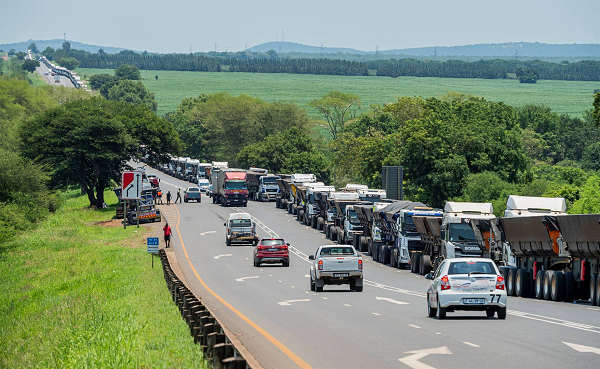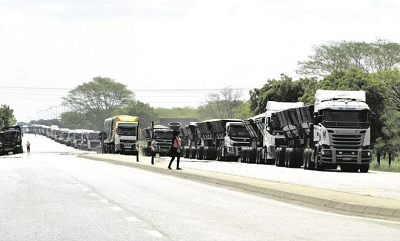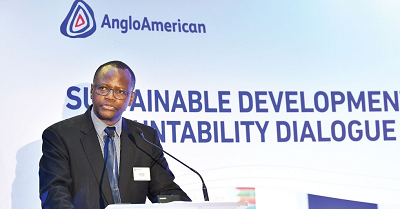

Founder: Turnaround Talk
Where there is a will, there is a way: a famous English idiom pointing to the resilient nature of humans and our ability to look for creative solutions to a problem.
While innovation is mostly embraced and does not harm parties outside of the business ecosystem, there are cases where the ripple effect of one’s actions can be felt outside of your immediate ecosystem.
A serious situation is developing in the sleepy town of Komatipoort, which could have far-reaching implications if not addressed effectively.
Global demand is high
The Ukraine War is one of the biggest disrupters in the global business environment. Europe is significantly dependent on Russia to power their economies. And when Russia responded to economic sanctions by shutting off the gas supply line, the rest of Europe began to suffer.
In response, Europe turned to the international market to try and find energy resources to address this. While there is a significant commitment to move away from fossil fuels in Europe, the demand for coal became high in the immediate aftermath of the European energy crisis and remains high.
However, because of Transnet’s infrastructure issues, South African miners are struggling to move these commodities to port. Therefore, they are looking for alternative solutions.
Impenetrable logjam
The article points out that an often impenetrable logjam of trucks laden with coal at South Africa’s crossing with Mozambique has brought chaos to a sleepy border town.
Elephants escaping from the nearby Kruger National Park often caused the biggest commotion in Komatipoort. These days residents check their CCTV cameras on their phones at barbecues on the weekend. The congestion created opportunities for criminals who saw drivers stranded in the queue for days on end as easy targets after nightfall. Robberies, theft and assaults spread from the highway to the town. Road accidents increased.

Image By: Bartlo Nel
The trucks began trundling through in ever greater numbers on their way to Maputo port, where their cargos are loaded onto ships and sent around the world, after South Africa became one of Europe’s main alternatives to Russian coal following Moscow’s invasion of Ukraine in February 2022. The procession continues even though European fears of an energy crisis have faded for now. Suppliers are finding new buyers in India and China. And miners of chrome, used to manufacture stainless steel, are increasingly using the same routes.
1 000 to 3 000 in a year
“It’s worse than it’s ever been,” said Jan Engelbrecht, who heads Komatipoort’s business chamber, of the traffic, adding that he expects it to increase by more than 1 000 trucks a day to 3 000 a day by the end of 2024.
The Bloomberg article adds that South Africa’s coal industry is the world’s fifth largest. In all, about 15 million tons of coal last year arrived at ports by road and another 50 million tons by train, earning its miners R227 billion after prices reached a record high of $450 per ton. That boosted South Africa’s economy – and for the first time, coal came close to rivalling platinum as the country’s most valuable export.
Increased costs
The article points out that the failures of Transnet resulted in lost opportunities. Shipping by road costs about 40% more. And if the rail network had been running at full capacity, the miners would exported more than 100 billion rand worth of minerals, according to the chief economist of Minerals Council of South Africa, Henk Langenhoven.
“It’s more costly and it affects the roads. It creates accidents. It’s bad for the country,” said Vuslat Bayoglu, managing director at coal miner Menar, of using trucks at a conference in July. Coal producers are funding security operations for the rail lines and are eager for private companies to be allowed to run their own trains.
The article adds that even South Africa’s trucking lobby group agrees coal should be transported in rail wagons, not on roads. “They were not designed for that,” said Gavin Kelly, chief executive officer of the Road Freight Association.
Trucks have another disadvantage: they produce three times more CO2 emissions than trains, according to calculations by Bloomberg.
Distress can become an opportunity

Image By: Creamer Media
The reality is that Komatipoort is not equipped to deal with this kind of traffic. The infrastructure is limited and there will need to be significant investment in these towns, which will take years, to make them ready for this.
However, this demand can also be seen as an opportunity for Komatipoort and the businesses within and around the town to ramp up their businesses to cater for this increased traffic.
A new board has been appointed at Transnet. However, with the state the company is in, it will take at least five to ten years to fully address its challenges. The demand to look for alternative ways to get commodities to port will wane over time.
For Komatipoort, is this a glass half-empty or half-full situation?




